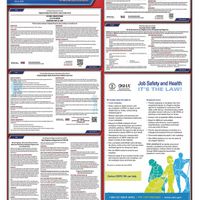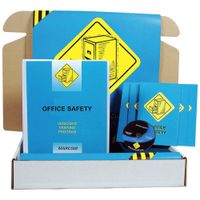Human resources training materials should comprehensively cover the following topics:
1. **Recruitment and Selection**: Techniques for effective job postings, interviewing skills, and candidate evaluation methods.
2. **Onboarding and Orientation**: Processes for integrating new employees, including company culture, policies, and role-specific training.
3. **Employee Relations**: Strategies for managing workplace relationships, conflict resolution, and fostering a positive work environment.
4. **Performance Management**: Setting objectives, conducting appraisals, and providing constructive feedback to enhance employee performance.
5. **Compensation and Benefits**: Understanding salary structures, benefits administration, and compliance with compensation laws.
6. **Training and Development**: Identifying training needs, designing programs, and evaluating their effectiveness to support employee growth.
7. **Legal Compliance**: Knowledge of labor laws, anti-discrimination policies, and workplace safety regulations to ensure legal adherence.
8. **Diversity and Inclusion**: Promoting a diverse workplace, understanding unconscious bias, and implementing inclusive practices.
9. **Employee Engagement and Retention**: Techniques to boost morale, increase job satisfaction, and reduce turnover rates.
10. **HR Technology**: Utilizing HR software for data management, payroll processing, and performance tracking.
11. **Change Management**: Strategies for managing organizational change and helping employees adapt to new processes or structures.
12. **Workplace Health and Safety**: Ensuring a safe work environment through risk assessments and safety training.
13. **Ethics and Confidentiality**: Maintaining ethical standards and protecting employee privacy and sensitive information.
14. **Leadership and Management**: Developing leadership skills and understanding management principles to guide teams effectively.
15. **Global HR Practices**: Understanding international HR issues, cultural differences, and managing a global workforce.
These topics ensure HR professionals are equipped to handle various aspects of human resource management effectively.



